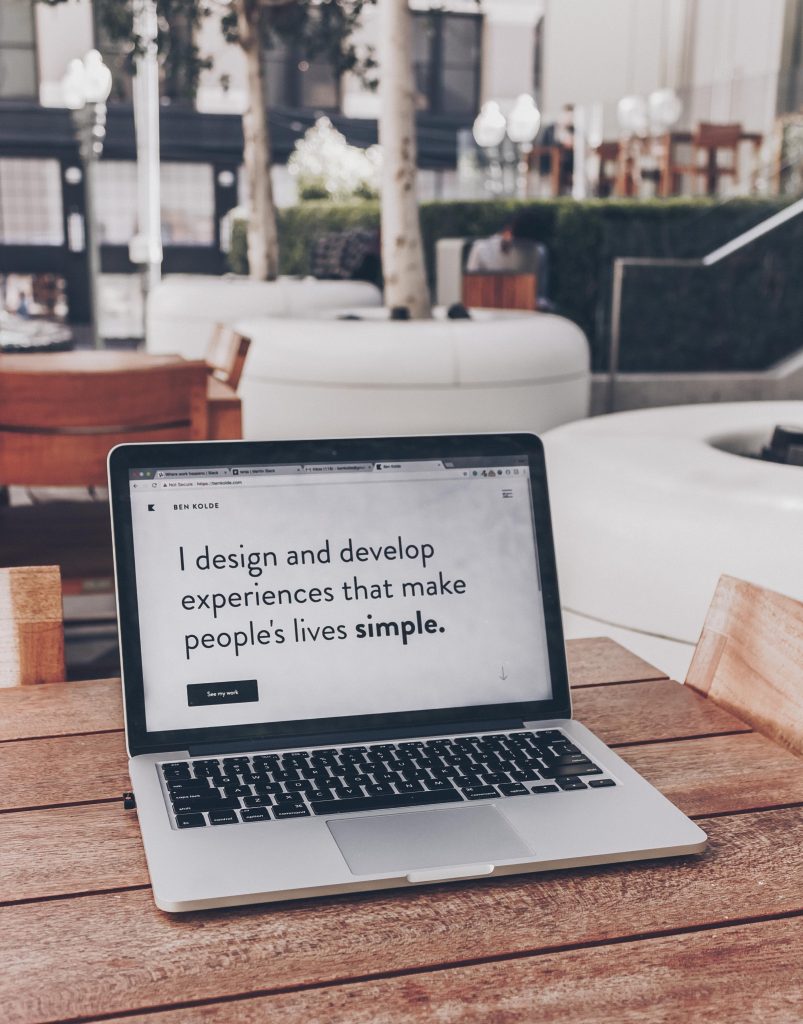How to design a UX portfolio that will impress potential employers.
Designing a UX portfolio can be overwhelming. It’s hard to know what to include and how to make your work stand out from other candidates. This guide will give you tips on how to design a portfolio that will impress potential employers. So whether you’re just starting your career or looking for a new job, read on for some helpful advice!
1. Start by creating a document that outlines your professional experience and skills
When designing a UX portfolio, it’s essential to start by creating a document that outlines your professional experience and skills. This will help potential employers or clients better understand your qualifications and what you can bring to the table. Be sure to include your work history, education, and any relevant coursework or training. All of that information should be in your resume and you can reuse it here. In addition, highlight any special skills or certifications that you have that could be helpful in a UX role. By taking the time to create a well-organized and professional document, you’ll be sure to make a strong impression on those who are reviewing your UX portfolio.
2. List the best projects you’ve worked on, including your role and the results
A UX portfolio is an excellent opportunity to showcase your skills and work to potential employers. When designing your portfolio, list the best projects you’ve worked on, including your role and the outcome. This will give employers a better sense of your experience and what you’re capable of. In addition, be sure to highlight your strengths and how you’ve used them to improve the user experience for a particular project. For example, if you’re exceptionally skilled at creating clickable prototypes, include examples of your work in your portfolio by embedding them or linking to them. By showcasing your skills and work in a UX portfolio, you’ll be able to demonstrate your value as a UX designer and increase your chances of landing a great job.
3. Create a section that showcases your design thinking process – including sketches, wireframes, and prototypes
When designing a UX portfolio, it’s vital to showcase your design thinking process. This includes sketches, wireframes, and prototypes. Sketches show the early stages of your idea, wireframes show how the idea will be structured, and prototypes show how the idea will work. By showing all three stages of your process, you’ll give potential employers a better understanding of your skills and abilities. Plus, it’ll demonstrate that you’re not afraid to take risks and experiment with new ideas. So, include all those sketches, wireframes, and prototypes in your portfolio! They just might be the key to landing your dream job.

Photo by Firmbee.com on Unsplash
4. Use visuals to support your text – infographics, images, and videos can be very helpful
As a UX designer knows, designing a portfolio that effectively showcases your skills and experience can be challenging. However, visual elements such as infographics, images, and videos can add appeal and engagement. Infographics are a particularly effective tool for highlighting key data points and statistics and can help tell a story visually compellingly. Images and videos can also be used significantly, adding another layer of interest to your portfolio. When used judiciously, visuals can be a powerful way to support your text and help you stand out from the competition.

Photo by Ben Kolde on Unsplash
5. Proofread everything before submitting to make sure there are no errors
When designing a UX portfolio, it’s essential to proofread everything before submitting it. This includes making sure there are no grammatical or spelling errors and ensuring that all the content is accurate. Taking the time to proofread your work will show potential employers that you’re detail-oriented and thorough and will also help avoid any embarrassing mistakes. If possible, ask someone else to read through your portfolio before you submit it, to catch any errors you may have missed. You can be confident that your portfolio will make a great impression with some care and attention.
6. Keep it updated as you gain new experience or take on new projects
Good designers know their portfolio is key to landing new clients and projects. After all, your portfolio is the first chance you have to make a good impression and show off your skills. But what happens when your portfolio starts to get a little stale? That’s why keeping your portfolio updated is essential as you gain new experience or take on new projects. This doesn’t mean that you need to overhaul your entire portfolio every few months – but it does mean regularly adding new work, updating your skills section, and keeping your contact information current. You’ll always make a great first impression by taking care of your portfolio.
Designing a UX portfolio can seem daunting, but it’s important to remember that the goal is to show off your skills and abilities. By following the tips we’ve outlined in this post, you’ll be on your way to putting together a portfolio that will make hiring managers take notice. So what are you waiting for? Start drafting those design thinking sketches and get started on your new career! If you need to build projects for your UX portfolio, our UX design course is a great way to get started.